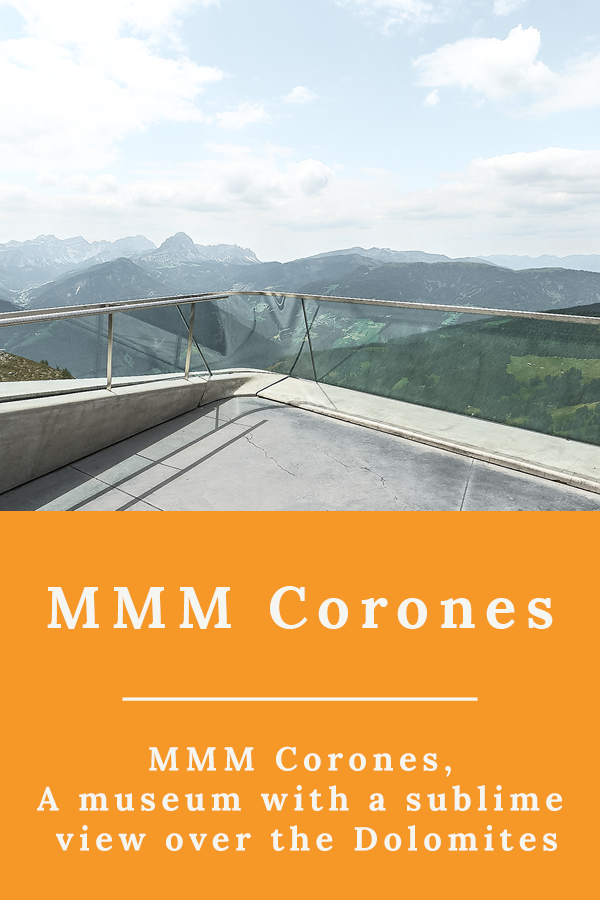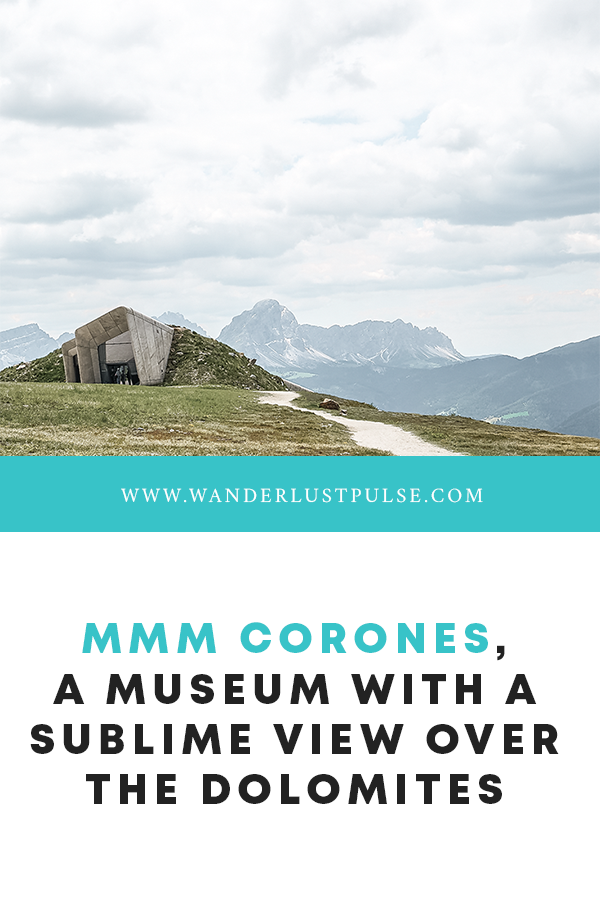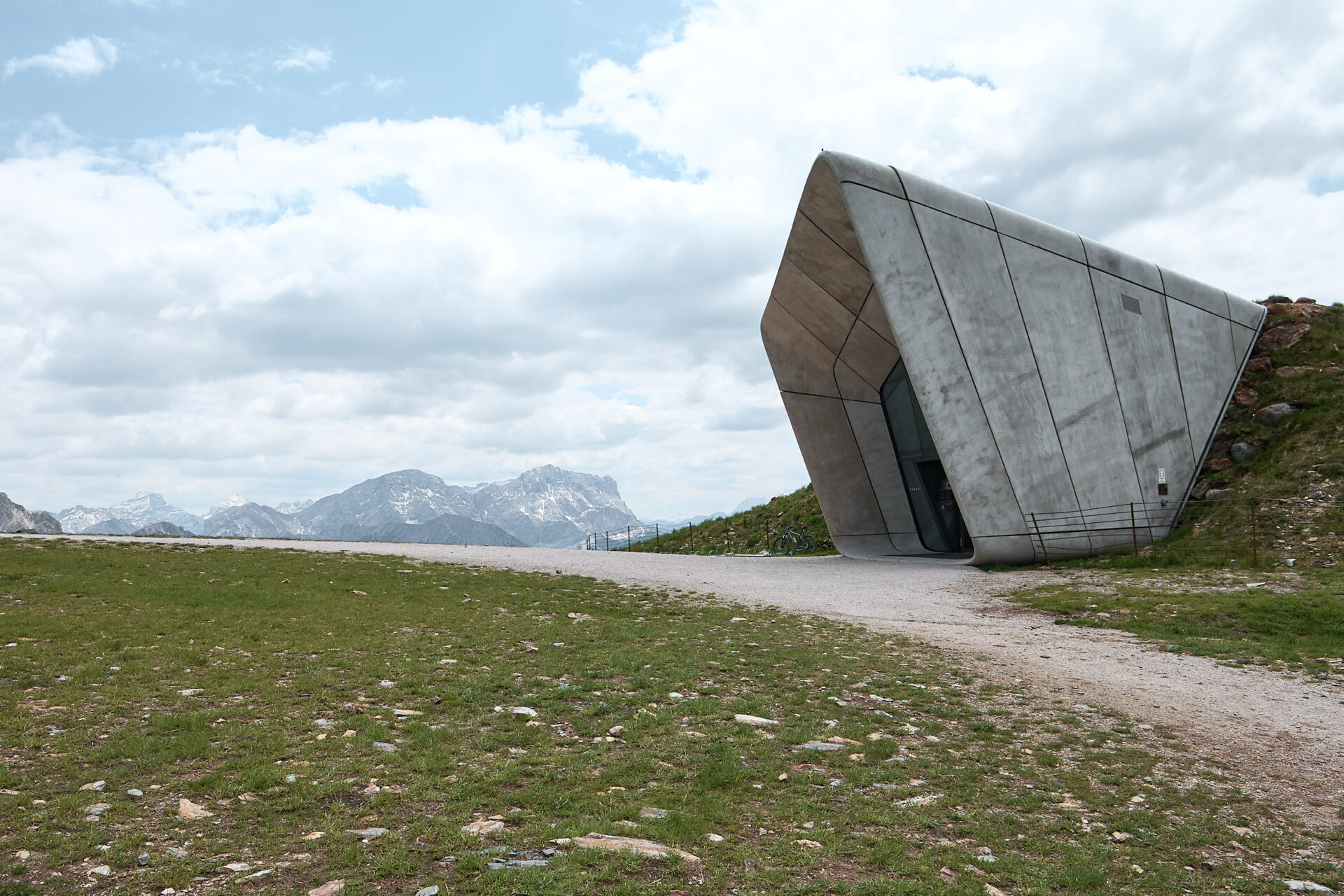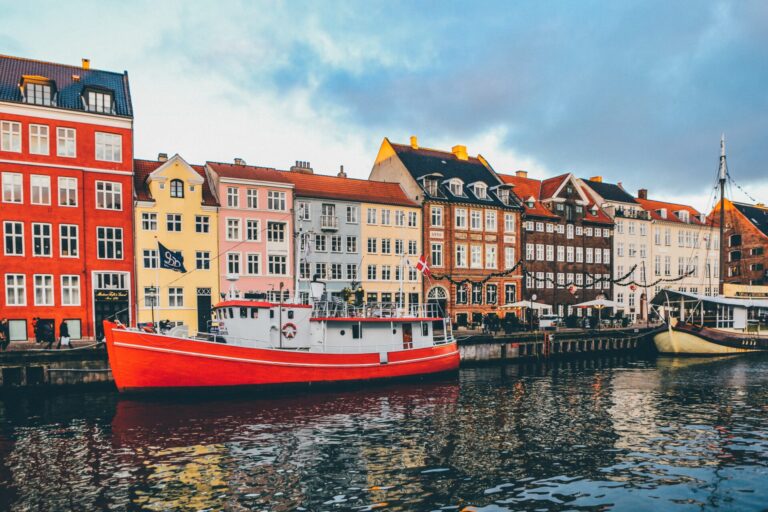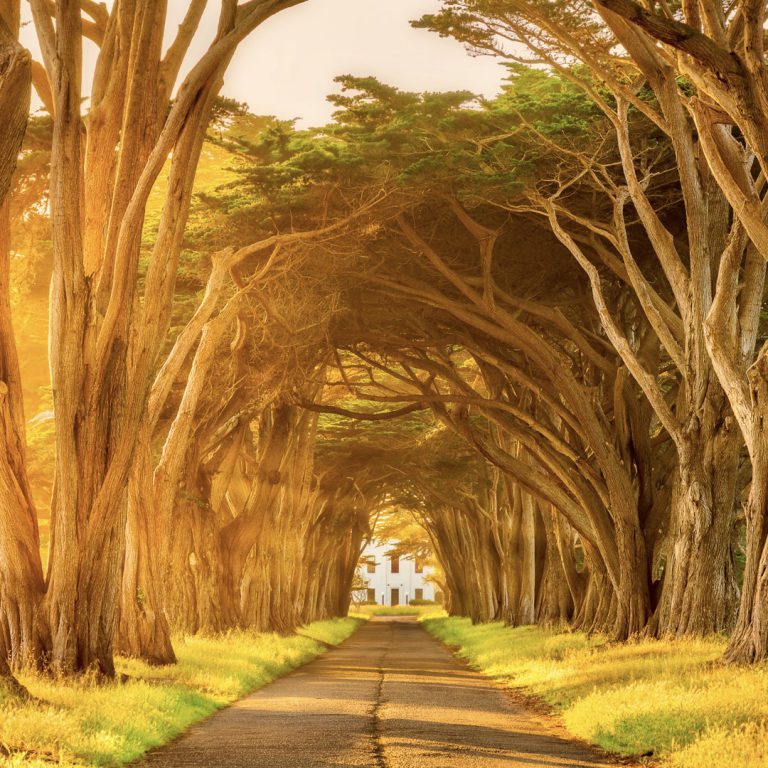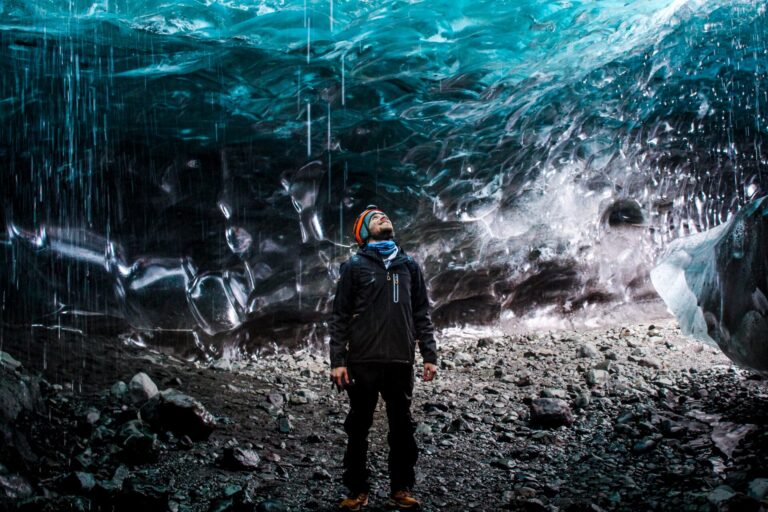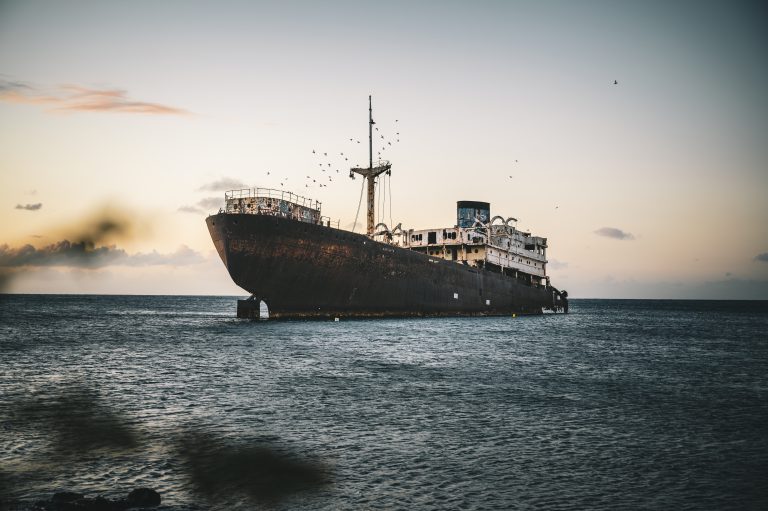MMM Corones, a museum with a sublime view over the Dolomites
MMM Corones is a museum with an astonishing panoramic view over the Dolomites. In this blog post, we explain its history, how to get there, and what camera lenses to bring.
About MMM Corones
Back in 2015, MMM Corones – the last of six Messner Mountain Museums – opened on the top of Mount Kronplatz (also known as Plan de Corones), located in South Tyrol. Next to its modern and mind-blowing architecture, the Corones museum offers an astonishing panoramic view over the mountain walls around the Dolomites and the Alps.
Mount Kronplatz is South Tyrol’s most popular ski and snowboard destination in the winter, however: in the summer it only attracted a few tourists – this is why they decided to build the museum and viewing platform: to lure more tourists to witness these stunning views.
The museum structure itself was built by a world-famous architect: Zaha Hadid. The “Queen of the curve” – who designed numerous major projects like Baku’s Heydar Aliyev Center and Antwerps’ Havenhuis – collaborated with extreme climber Reinhold Messner to build a museum that would blend into its surroundings, using concrete to fit the look and feel into the mountain landscape.
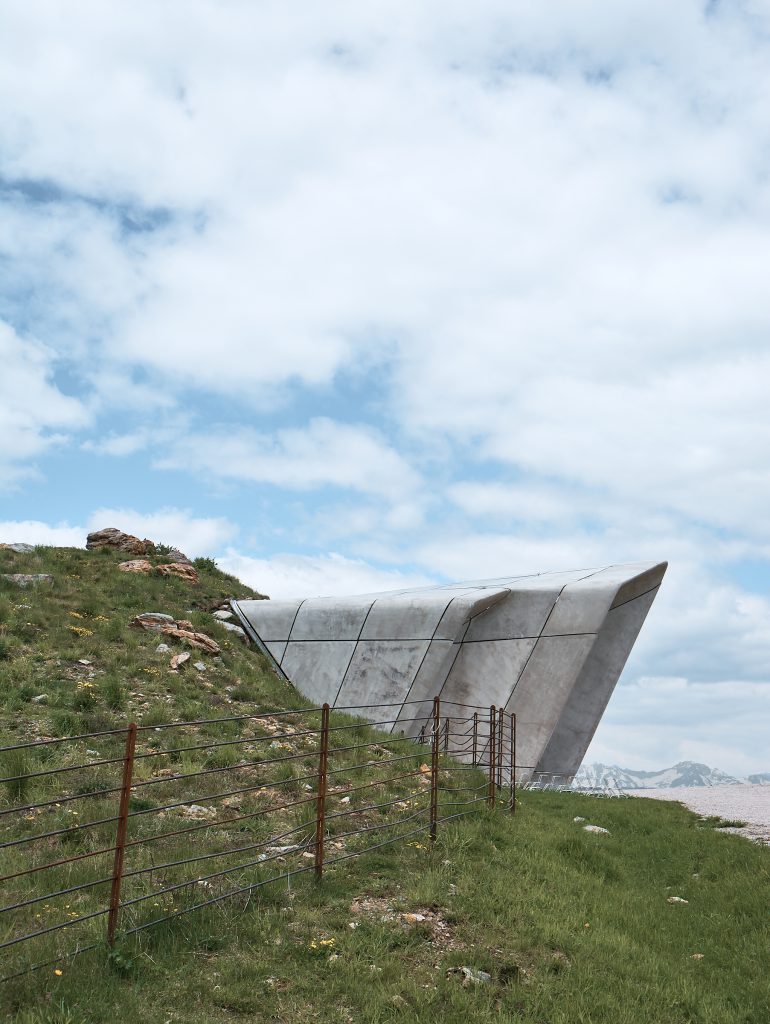
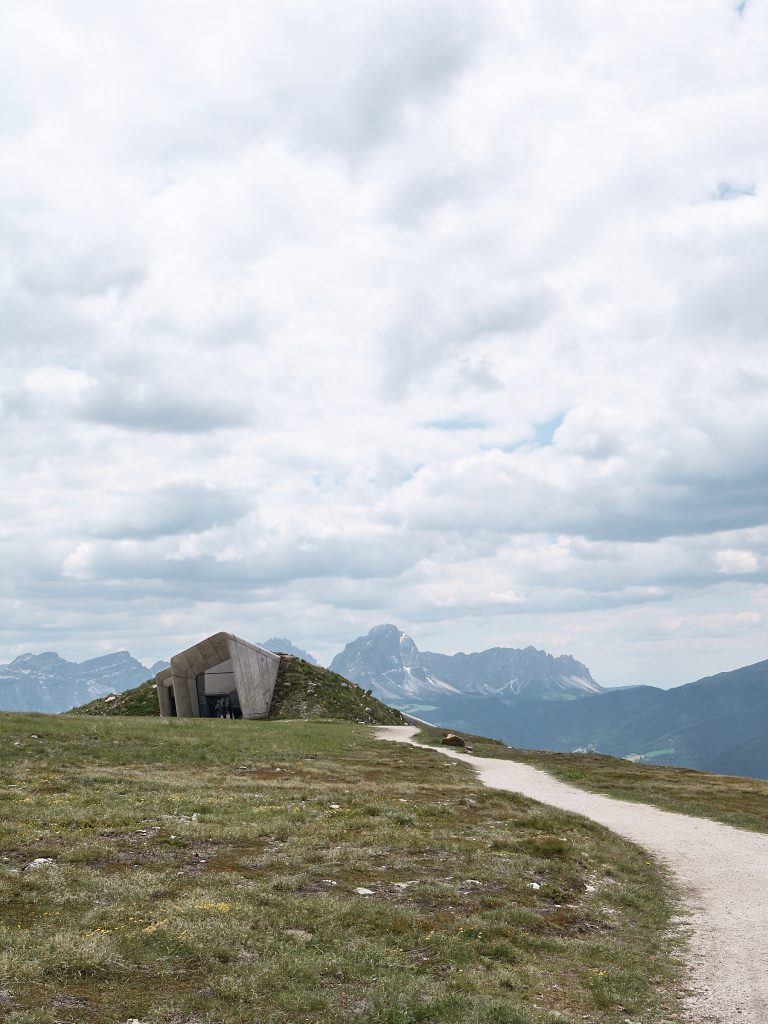
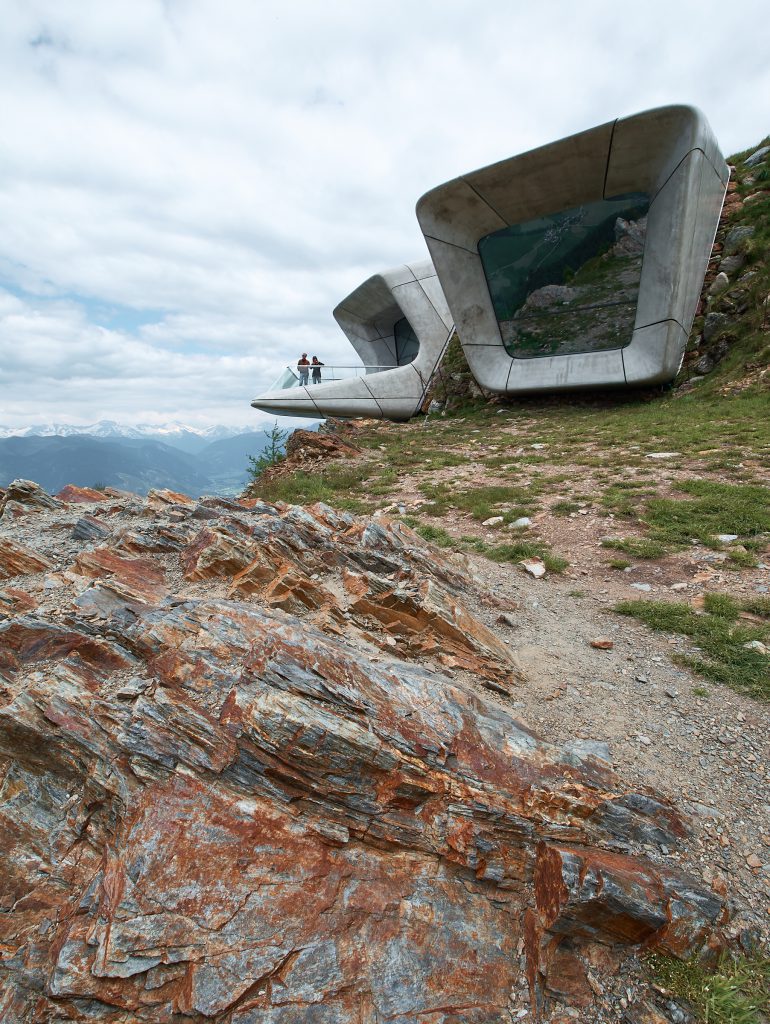
About The Messner Mountain Museums
The Messner Mountain Museum itself is a museum project created in 2006 by Italian mountaineer, author, and extreme climber Reinhold Messner. He created this MMM project intending to introduce the mountains of South Tyrol to tourists in an alternative way.
The Messner Mountain Museum project consists of six museums based at six different locations: Firmian, Juval, Dolomites, Ortles, Ripa, and Corones. All these museums are created to educate visitors about human encounters with mountains, the history of mountaineering and rock climbing, and the science of mountains and glaciers.
Visiting MMM Corones in 2021 – How to reach MMM Corones
The Italian architectural photographer Davide Adamo – who visited the Plan de Corones during his last visit to the Dolomites – explained to us why it’s worth a visit: “If you are traveling to the Dolomites, Plan de Corones is a must, especially if you love architecture. The MMM designed by Zaha Hadid is an architectural masterpiece that integrates perfectly into the landscape of the Italian Alps.
We left for MMM Corones after we visited Lake Braies, so we decided to take a cable car from Casola. The view on the top of Mount Kronplatz is breathtaking, and thanks to its parametric design, the MMM Corones museum blends in with its peaks.
As soon as we got closer and closer to the museum, we realized the grandeur of its structure. When we entered the building, we felt at home thanks to the curvilinear shapes of the structure. The large glazed openings framed beautifully, which made us realize that architecture is at the service of the landscape, not the opposite.”
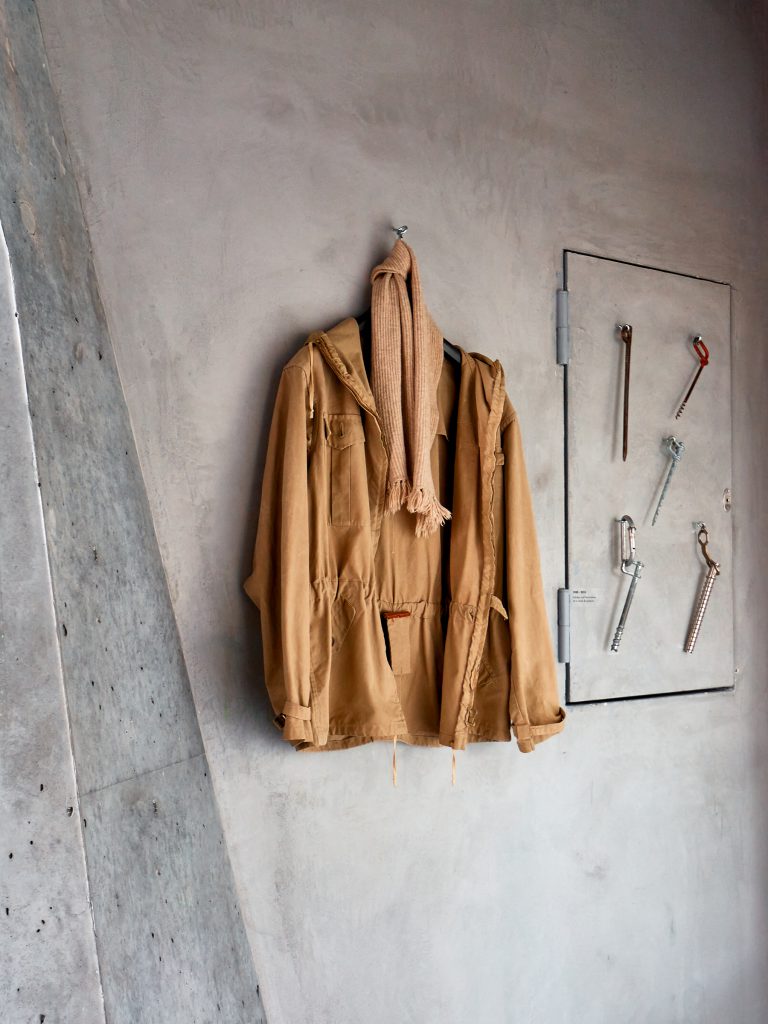
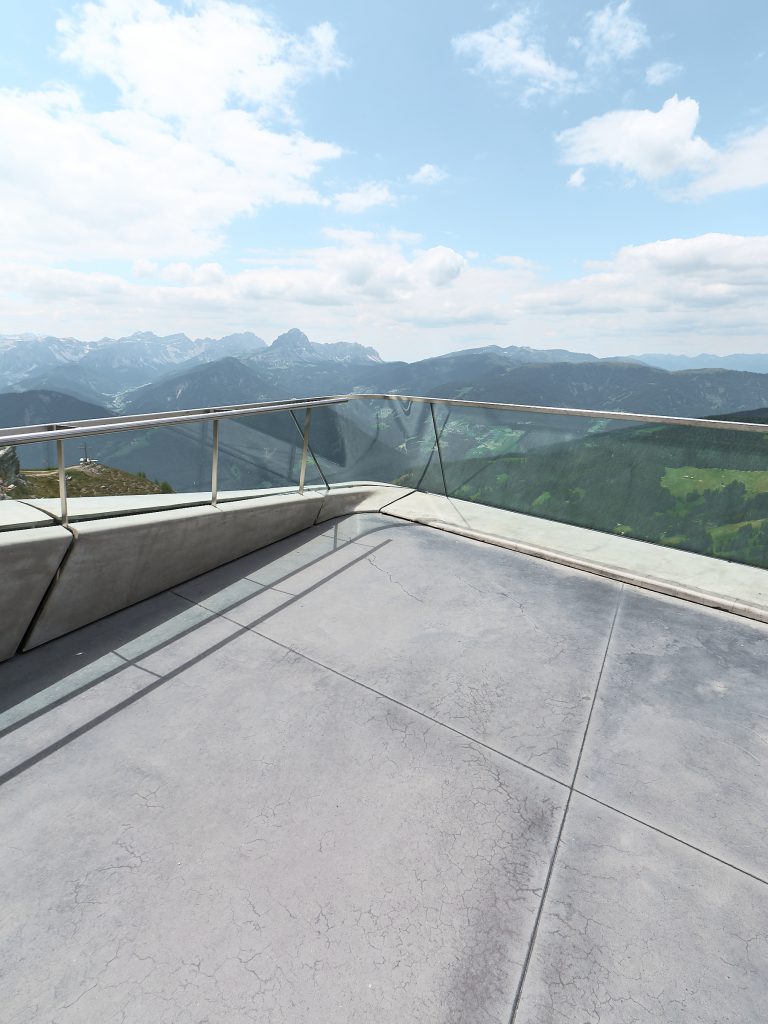
About the shot
Landscape photography might seem like black magic for some of our adventurous readers and aspiring photographers, that’s why we decided to break down the technical details behind this shot.
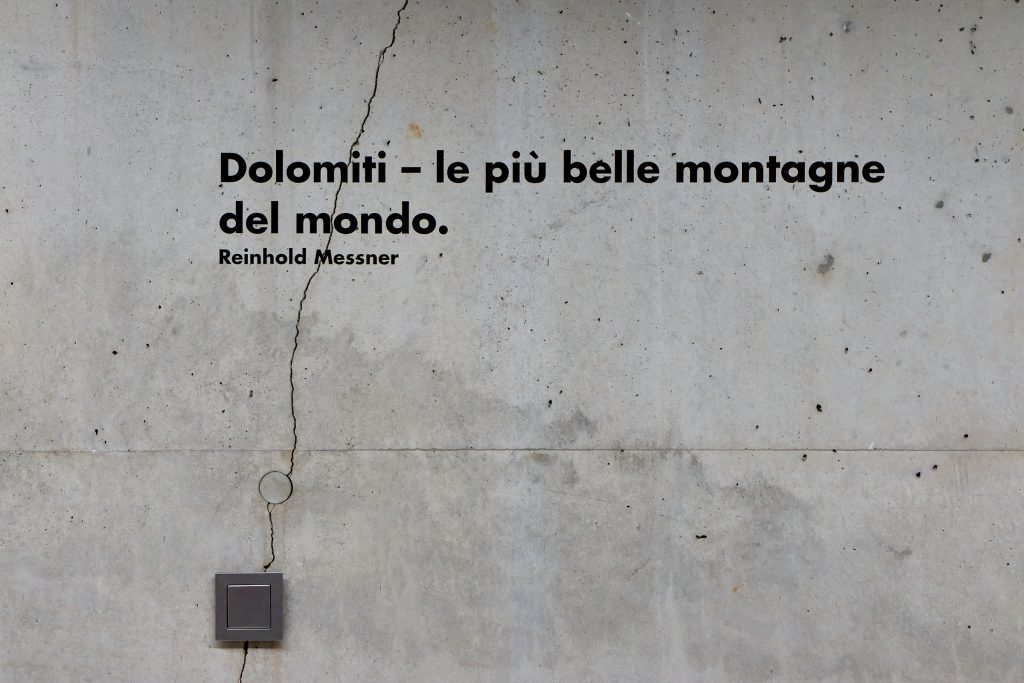
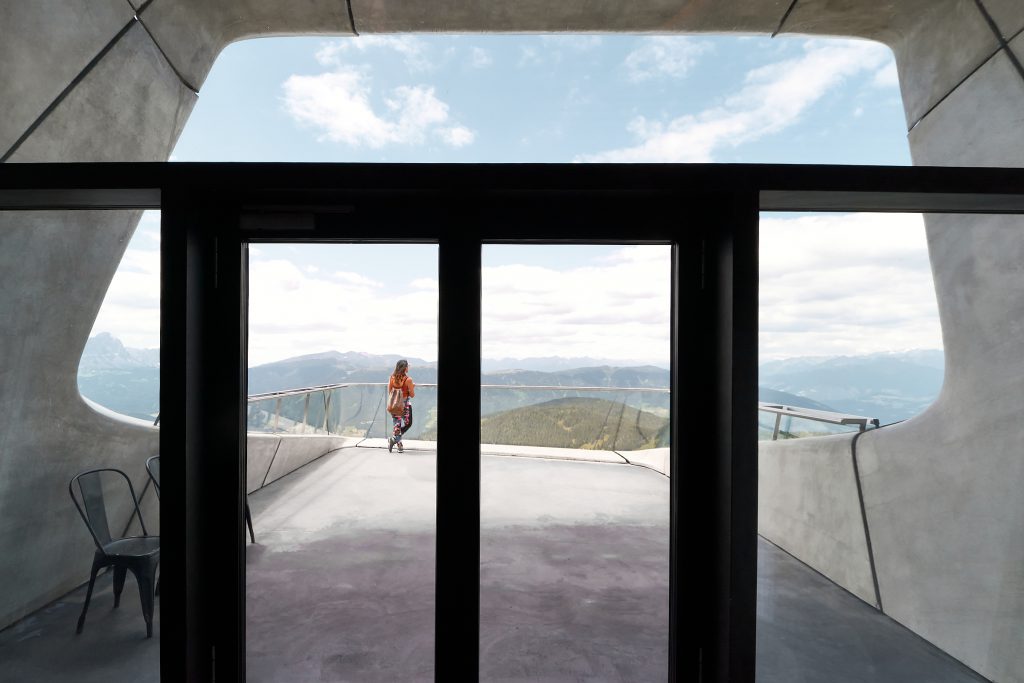
Davide’s biggest tip for visiting the MMM Corones is to bring your camera together with an ultra-wide lens and a drone: “You definitely need to bring your camera and, if you have one, your drone.
For a lens, I suggest you use an ultra-wide lens, so you can perfectly capture the landscape around you, and understand how architecture relates to it.
There is plenty of space around the museum, so feel free to walk around looking for the best angle, but above all: enjoy the moment. This view isn’t something you see every day!”
Gear
- Body: Nikon D7500
- Lens: Tamron 10-24mm
This guide on Nikon lenses for traveling provides a comprehensive overview of some of the best options available, including wide-angle and zoom lenses, to help you capture stunning photos of your travels.
Settings
- Shutter speed: between 1/60 and 1/400
- ISO: 100
- Aperture: f/11 (external photos) and f/4 (interior photos)
Software
About Davide Adamo
Davide Adamo is an Italian architectural and real estate photographer. He plans his travels based on the architecture of the area and he always tries to understand and represent the relationship between the building and the surrounding landscape.
Save for later …
